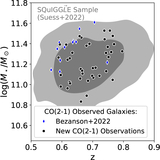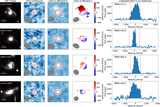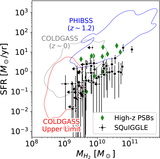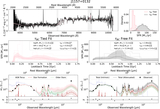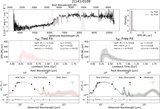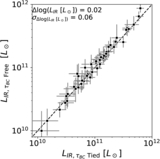Image Details
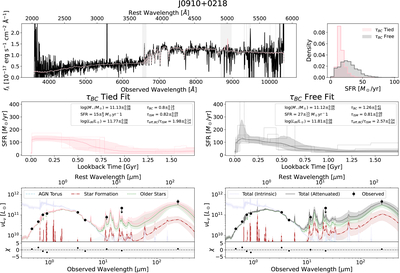
Caption: Figure 7.
Demonstration of the new SED fitting adopted in this work, as in Figure 6. Here, we highlight J0910+0218, our second most CO-luminous galaxy that is detected in the MIR and in ancillary Herschel imaging. In contrast with J1157+0132 (see Figure 6), both the τBC Tied and τBC Free fits can provide a good match to the full SED, including Herschel. Even in the case where higher τBC allows for a somewhat higher SFR, the total IR luminosity is essentially identical between these models.
Copyright and Terms & Conditions
© 2025. The Author(s). Published by the American Astronomical Society.


